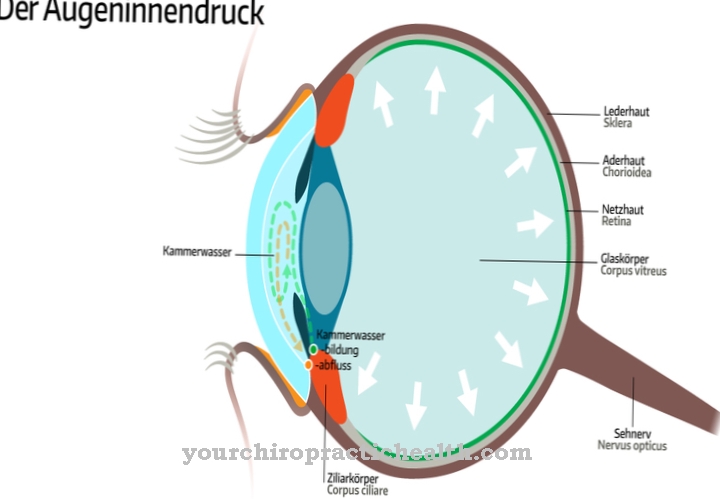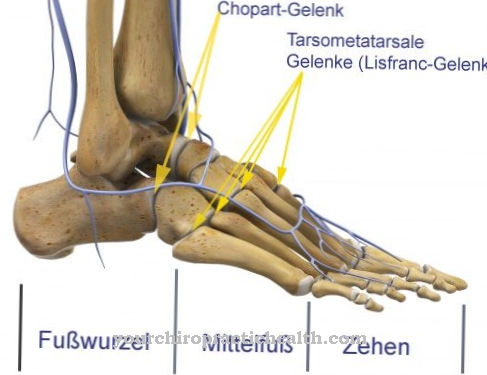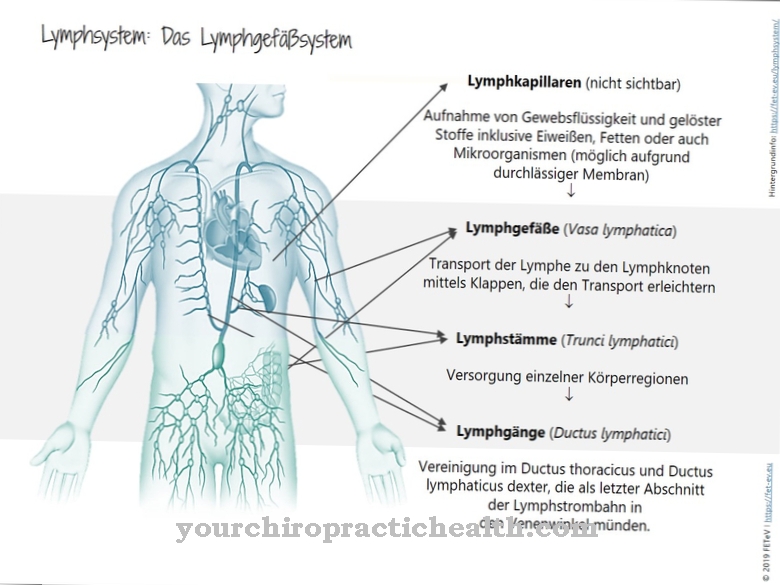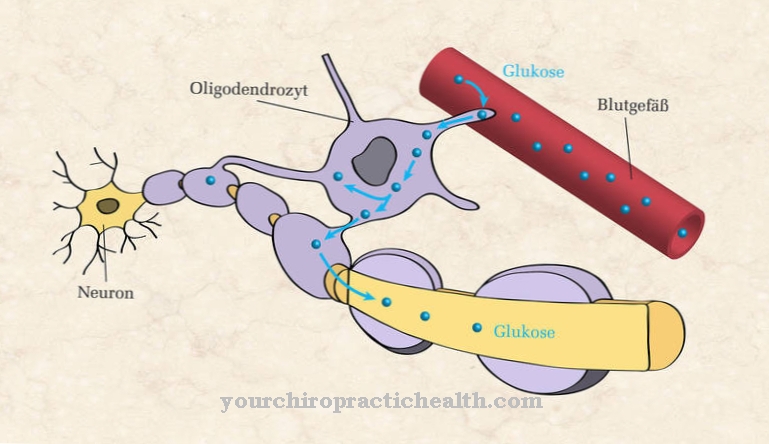The Gonads are the Gonads of humans, which take on both exocrine and endocrine functions and play a major role in reproduction. In addition to the germ cells, sex hormones are produced in the gonads that regulate reproduction. Diseases of the gonads are often expressed in over- or underproduction.
What is the gonad?
The male and female gonads are called the gonads. You also will be Sex glands called and correspond to the testicles in men. The female gonads are the ovaries (ovaries). In addition to the sex hormones, the gonads produce the germ cells (gametes) for reproduction.
These are haploid cells that correspond to sperm in men and egg cells in women. The man's gonads are paired and lie together with the epididymis in what is known as the scrotum. In addition to semen, they produce testosterone. A woman's paired ovary forms egg cells and, from sexual maturity, expels them month after month in order to renew them. The gonads are part of the abdominal and pelvic viscera and develop during embryogenesis.
The first steps in this development are the same for both sexes. However, the so-called SRY is located on the Y chromosome, which is determined by the testis-determining factor (TDF) and can thus initiate the development of testes. If this development is not initiated, the gonadal appendages become the ovaries.
Anatomy & structure
The woman's ovary lies in a tissue recess (fossa ovarica) in the pelvis (pelvis minor). The so-called suspensorium ovarii ligament connects the ovary with the lateral pelvic wall. The ligamentum ovarii proprium provides a connection to the uterus.
The ovary is up to two inches long and up to one inch thick. It is almond-like in shape and is convex on both sides. With sexual maturity, the surface changes from smooth to blistered because ovarian follicles are formed. The ovary is innervated by the superior mesenteric plexus and the renal plexus. Unlike the ovary, the male testicle is around five centimeters long and up to three centimeters thick and wide.
It is egg-shaped and lies in the scrotum (scrotum). It is suspended from the spermatic cord (Funiculus spermaticus). It is encased on the outside by a serous skin, which corresponds to a peritoneum duplication and is structured anatomically analogous to the layers of the abdominal wall. The autonomic innervation of the male gonads is carried out by the testicular plexus and the deferential plexus.
Function & tasks
The gonads are glands. As such, they produce and secrete secretions with various functions. Exocrine and endocrine secretions take place in the human body. Endocrine secretions include all secretions with hormonal functions. The function of the gonads is made up of exocrine and endocrine components. Exocrine they provide germ cells to the sexually mature individual, which correspond to egg cells in women and sperm cells in men.
With their exocrine functions, the gonads ensure the ability to reproduce and thus the survival of the human species. Thanks to so-called spermatogenesis, men can produce functioning sperm cells well into old age. Women finally complete oogenesis in the fifth month of development. So they are not designed for an endless production of egg cells. The female maximum is around seven million germ cells, which pass into the dictyotan stage during embryogenesis and are stored there.
At puberty only around 400,000 of them are left. After the reproductive phase up to the menopause, only about 500 germ cells complete the follicle rupture. In addition to the exocrine functions of germ cell production, the male and female gonads perform endocrine functions by providing the sex hormones estrogen and gestagen as well as androgen. Both the exo- and endocrine functions of the gonads can be switched off by removing the gonads as part of a castration.
You can find your medication here
➔ Medicines for potency and erection problemsDiseases
Intersex is an abnormality of the gonads. Genetically, because of the sex chromosomes, intersex people are of a different sex than anatomically. That is, their sex organs do not match their genetic gender.
In terms of hormones, they cannot be clearly assigned to either gender. This intersexuality is also known as sexual differentiation disorder and often corresponds to a congenital malformation, deformity and chromosomal abnormality. Usually, intersexuality results from an abnormal process during embryogenesis. The male gonads can also have inherited positional abnormalities. Such misalignments of the testicles include, for example, the pendulum testicles, which are not permanently in the scrotum but are flexible in their position.
The female gonads can also be affected by congenital positional or shape anomalies, which, like the positional anomalies of the male testes, do not necessarily impair fertility. The gonads of both sexes are also a target for tumorous diseases. There are often cysts on the ovary and, somewhat less often, ovarian tumors. The equally rare testicular tumors are feared on the testicles. The gonads of both sexes are more often affected by over- or under-functioning.
Inflammation of the gonads is also not uncommon, especially on the female ovaries. Ovarian inflammation usually arises from inflammatory processes in other pelvic organs of women and, depending on their severity, can cause fertility losses.



























